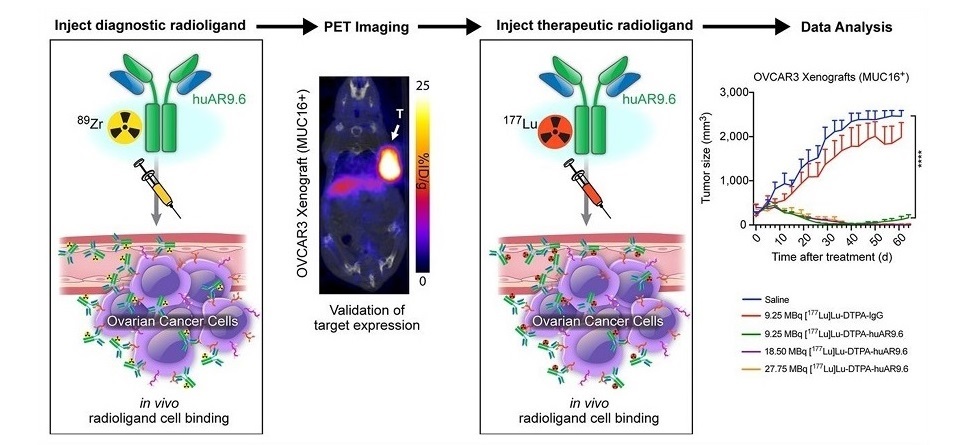Technique Enables More Effective PET Scanning to Detect Cancer, Heart Conditions
By MedImaging International staff writers
Posted on 04 Nov 2014
A novel technique that reduces image degradation caused by respiratory motion during a positron emission tomography (PET) imaging scan was recently developed. The new technique is based on bioimpedance measurement, and it allows for image reconstruction at a specific phase of the patient’s breathing pattern. This, in turn, makes it possible to reduce image degradation caused by motion.Posted on 04 Nov 2014
The new technique was presented in the PhD thesis of Tuomas Koivumäki, MSc (Tech), from the University of Eastern Finland (Joensuu, Finland), and is based on bioimpedance measurement. The strategy allows for image reconstruction at a specific phase of the patient’s breathing pattern. This, in turn, makes it possible to reduce image degradation caused by motion.
In the future, the newly developed technique will enable increasingly accurate image acquisition especially during PET scans performed to detect cancers of the chest and upper abdomen, and inflammatory disorders of the heart.
Due to enhanced image quality, PET images provide new and increasingly accurate data, potentially improving diagnosis effectiveness and treatment response monitoring. High-quality image data make the treatment more efficient, both medically and financially.
The study revealed that when synchronizing images on the basis of bioimpedance, it was possible to discern smaller details. Motion compensation also significantly influenced the parameters measured from the images. Bioimpedance measurement offers a straightforward technique for acquiring the data needed for motion compensation. Furthermore, the technique can be easily integrated into electrocardiogram (ECG) measurement, which is widely used to monitor heart function during the scan.
In techniques based on bioimpedance measurement, a very weak electrical current is passed through the patient's chest, and changes in the resulting voltage are measured. The voltage has been observed to change according to the patient’s breathing and cardiac function. Earlier, bioimpedance measurements have been used to assess, for example, body composition, fluid accumulations in lungs, and indicators of cardiac function.
The study focused on the feasibility of bioimpedance-based measurement techniques for respiratory and cardiac motion compensation in PET imaging. The study first used computational models and test subjects to determine an optimized bioimpedance measurement configuration for simultaneous measurement of respiratory and cardiac gating signals. The second phase of the study focused on analyzing whether bioimpedance techniques can be used to reduce respiration-related degradation of PET images.
PET scanning is used for cancer staging and evaluating treatment response, as well as for studying myocardial blood flow and inflammatory diseases of the heart. Typically, a PET scan takes several minutes, which is why movement caused by the patient’s breathing inevitably degrades image quality. Degraded image quality caused by respiratory motion has been reported to affect PET scanning performed to detect specifically cancer and heart conditions. At worst, image degradation may lead to a wrong diagnosis and inadequate or unnecessary treatment.
Related Links:
University of Eastern Finland














